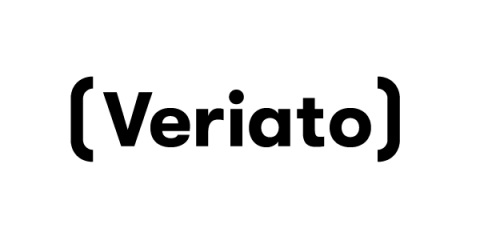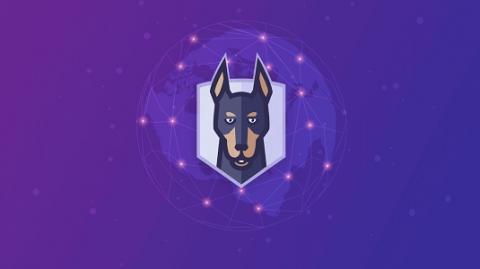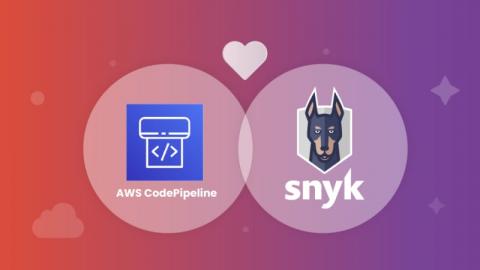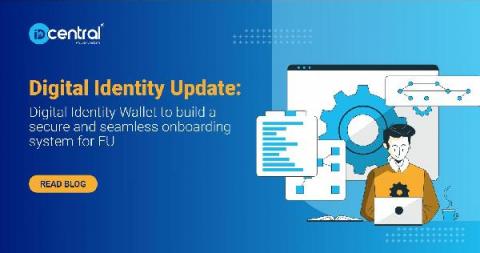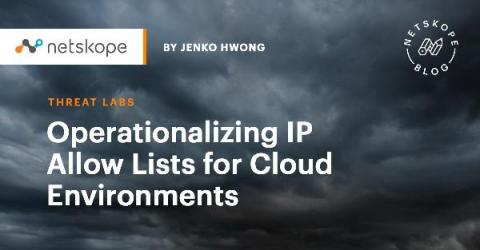What we can learn from the most alarming 2021 breaches so far
The escalation in cybersecurity breaches as seen in 2020 has continued well into 2021. According to Verizon’s 2021 DBIR , so far they have looked into 29,207 incidents worldwide. These incidents boiled down to 5,258 confirmed data breaches. An analysis of these breaches shows: Many of these breaches were financially motivated, targeting sensitive data that can be easily monetized and lucratively too. Human negligence, consistent with previous years, was the biggest threat to security.


